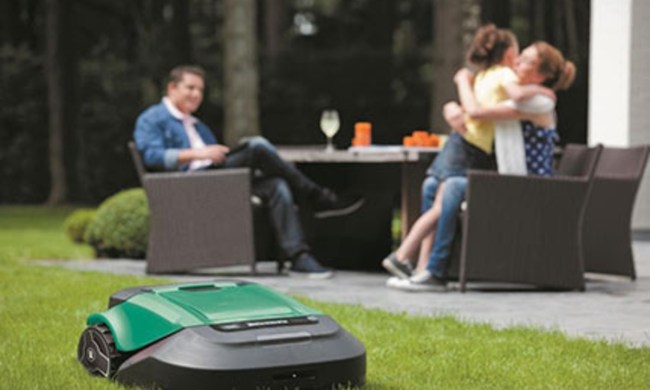For 21 years, Under Armour has been developing apparel specifically designed for athletes — even performance pajamas for Patriots. Over the last decade, this effort expanded to include quality footwear built to elevate star athletes like the NBA’s Steph Curry or tennis superstar Sloane Stephens. Thing is, even owner Kevin Plank admits the Baltimore-based brand has been missing a “defining product.” So the team built one: In November, Under Armor debuted a new shoe technology it refers to as Hovr.
Designed to provide wearers with a previously unachievable combination of support, energy return, and shock absorption, Hovr rethinks one of the most important features of any shoe — the cushion. And as we found out, it’s a lot more than just a wedge of foam.
The eternal tradeoff
“We were trying to get the ultimate cushion with the ultimate energy return,” Under Armour Chief Design Officer Dave Dombrow told Digital Trends. It seems like a simple goal, but as Dombrow points out, “often those things are mutually exclusive.”

Imagine running with pillows strapped to your feet. They would provide plenty of cushion, but also soak up energy with every step, wearing you out quickly compared to a firmer, bouncier material. You can’t have both. Or can you?
After years of research, Dow Chemical provided Under Armour with a proprietary foam compound the brand uses in each Hovr shoe’s midsole. (We know, footwear lingo is confusing: Here’s everything you need to know, brand by brand.) It shows incredible scores for softness on a durometer, a tool designed to measure firmness, allowing it to absorb a ton of shock. But it also springs back astoundingly well.
This improved midsole allowed UA to find the perfect combination of comfort and energy return — a Holy Grail for marathon runners looking to cover long distances comfortably.
After years of research, Dow Chemical provided the ultimate proprietary foam
“During the [New York City] marathon, it just felt like I was running on air,” Resident Runners co-founder, Ray Hailes, told us. “When you run, it just sort of pushes you. So, when you go up the Queensboro Bridge, that’s when people start to trail off because it’s one mile of steep uphill. With these, it felt like I was just being pushed.”
Hovr’s cushioning technology also proved a massive benefit for Olympic steeplechaser Aisha Praught Leer. Though she logs around 70 miles of running per week, the intensity of her runs pushes the footwear to its absolute limits. Where other styles of shoe may break down under this kind of constant beating, Praught Leer’s Hovrs remained intact long after she expected to replace them.
“We, as steeplechasers, train mostly like 5K and 1,500-meter runners, so we’re working on speed endurance, aerobic power — I’m training like any real middle distance runner,” she said. “There’s also the element of being really athletic and doing a lot in the gym, so I’m having to have responsiveness. It’s all so smooth, I just don’t have to even think about it.”
Putting foam to pavement
We could hardly put Hovr through the type of beating Praught Leer and Hailes doled out — we ran just four miles and completed a short fitness evaluation with the Under Armour team. But even our short time with the shoes supported the experiences of UA’s athletes. Boasting a level of comfort that felt as though we laced up a pair of perfectly broken-in sneakers, our Hovrs proved to be a more than capable workout companion — and have already become our go-to pair of runners.

The brand also plans to offer the shoe as, what it considers, Record-Equipped, meaning its sole will contain a series of chips capable of allowing wearers to digitally track running statistics such as cadence, pace, distance, and even the shoe’s lifespan.
Better living through technology?
Technology has transformed our trainers: Adidas’ Futurecraft 4D is a 3D-printed shoe sole, and Reebok’s Liquid Factory used 3D printing to make its own intricate designs. In general, it’s also making shoes unaffordable. Not so much with Hovr.
Officially slated for release in February of 2018, the line comprises two models: An Under Armour-described “luxury model” named the Phantom ($130) and a lower profile version dubbed the Sonic ($100). That’s cheap enough that you can afford to Hovr.

